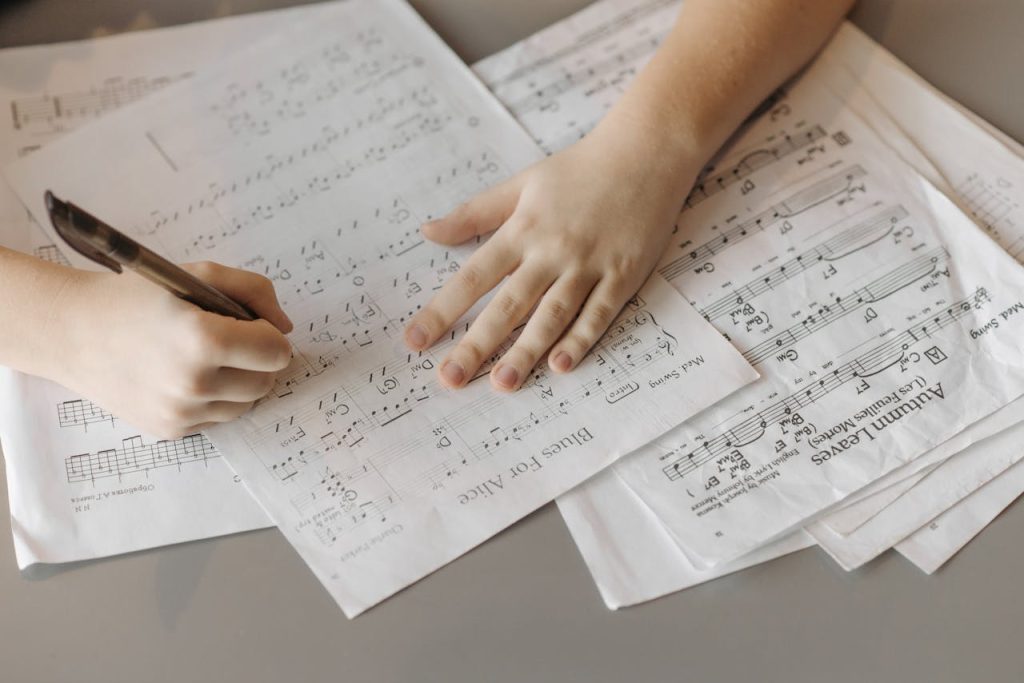When you think of the piano, you probably imagine a shiny grand piano on stage or an upright in a living room. But the piano we know today has gone through centuries of change, surprising experiments, and even some unusual inventions. Let’s take a little trip through the hidden history of the piano.
🎹 From Harpsichord to Piano
Before the piano, people played the harpsichord—a beautiful instrument that plucked strings instead of striking them. It sounded bright but couldn’t get louder or softer depending on how hard you pressed the keys. Around 1700, an Italian inventor named Bartolomeo Cristofori decided to change that. He created an instrument that could play both soft (piano) and loud (forte)—that’s why the piano’s full name was originally the pianoforte.
🎹 The Square Piano Craze
In the 18th and 19th centuries, there was a huge trend in Europe and America for square pianos. These were not actually square—they looked more like a big box and were smaller than today’s grands. Families loved them because they fit nicely into living rooms, but they went out of style when uprights and grands took over.
🎹 The Crystal Piano
Did you know one of the most expensive pianos ever built was made of crystal? The Heintzman Crystal Piano debuted at the Beijing Olympics in 2008. Afterward, it was auctioned for a staggering $3.22 million. Not exactly a beginner’s practice piano!
🎹 Silent and Futuristic Pianos
The history of the piano isn’t just in the past. Modern inventors keep pushing boundaries:
- Silent pianos let you practice with headphones while still using real piano keys.
- Hybrid grands combine acoustic and digital features.
- There are even self-playing pianos that can perform a concert in your living room while you just sit back and enjoy.
🎹 Why This History Matters
The piano isn’t just a piece of furniture or an instrument—it’s a living invention that has changed with time, culture, and technology. Every time you sit down to play, you’re part of a tradition stretching back over 300 years.

